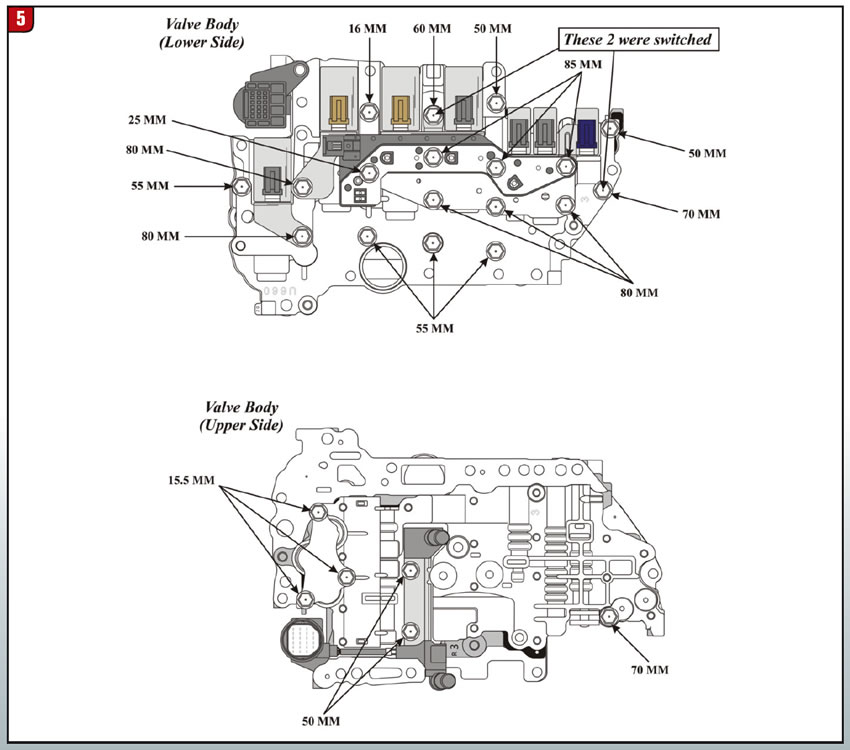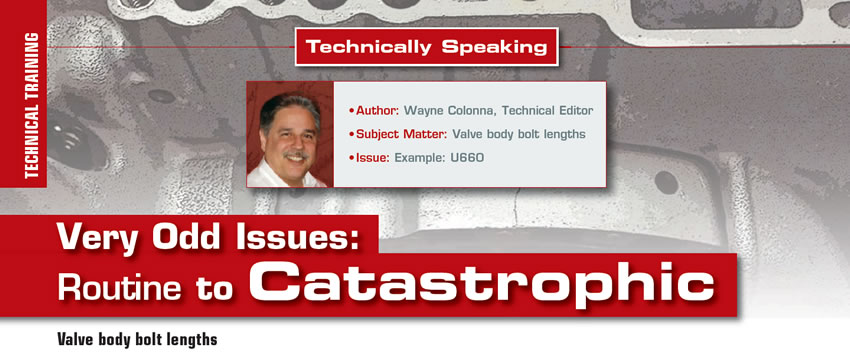
Technically Speaking
- Author: Wayne Colonna, Technical Editor
- Subject Matter: Valve body bolt lengths
- Issue: Example: U660
Routine to Catastrophic Valve body bolt lengths
Valve-body bolt lengths have been the cause of very odd issues we handle on ATSG’s technical help lines. Some are easy to resolve once the problem is identified. Other times, it is the cause of catastrophic failure. Take for example Toyota’s U660; after a complete overhaul or just a quick valve body fix, you suddenly have a shudder in reverse and a bind up in first gear. It becomes extremely frustrating when it is discovered that a misplacement of a valve body bolt caused the tip of the wrong length bolt to extend far enough to cause mechanical damage (Figure 1).
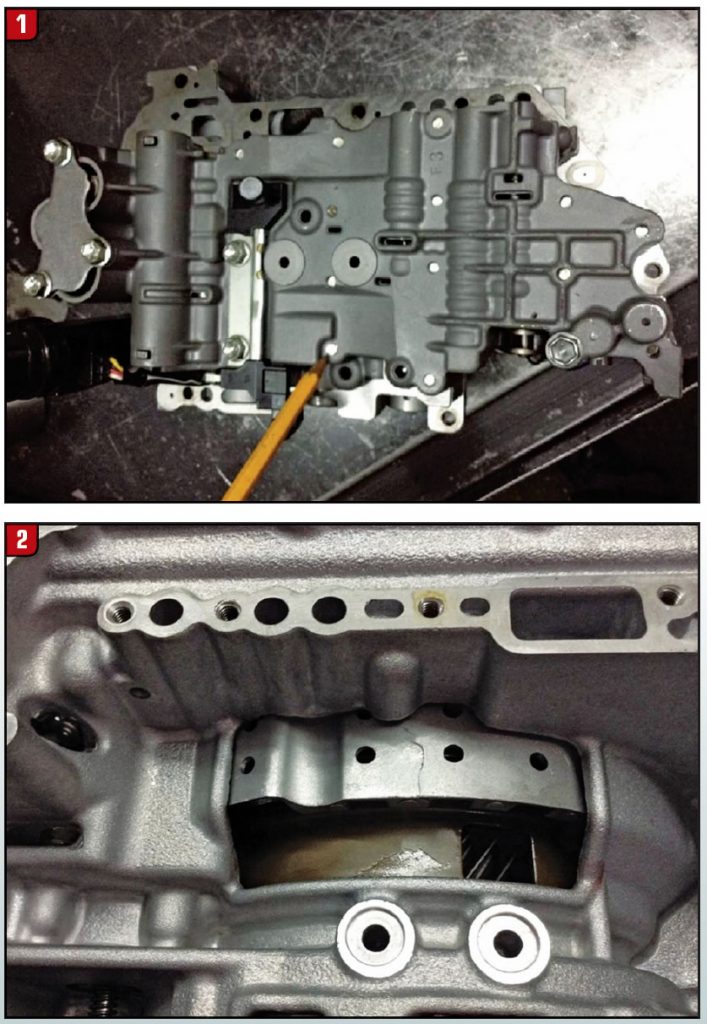
In this specific case, when the valve body is bolted to the case, the tip of the misplaced bold presses into the B3 clutch housing causing it to crack (figures 2, 3 and 4). When reverse is selected, the B3 clutch cannot fully apply correctly causing a shudder in reverse. When D is selected, the B3 clutch does not fully release causing a slight bind up moving forward in first gear.
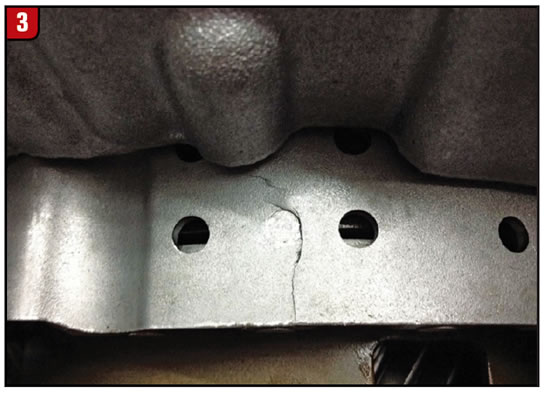
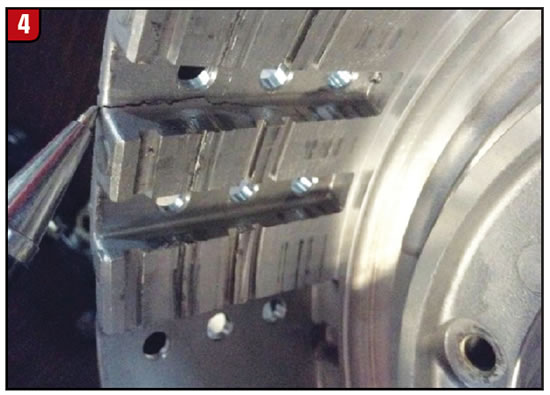
To correct this issue, two steps need to take place. One is quick and easy while the other is timely and costly. Correcting valve-body bolt location is easy once you have the information to know where they go (Figure 5). The next step is to remove the transmission, disassemble it and replace the B3 clutch housing – ouch! The point made (no bolt intended), is to take the time to know where the different length bolts go when assembling any part of the transmission. The time it takes up front, will definitely save you the frustration, time and money this scenario had caused.
